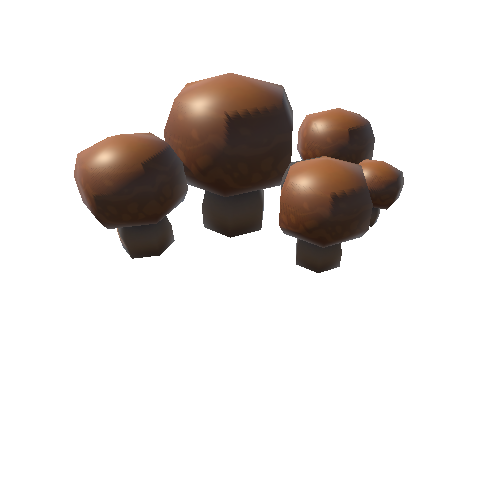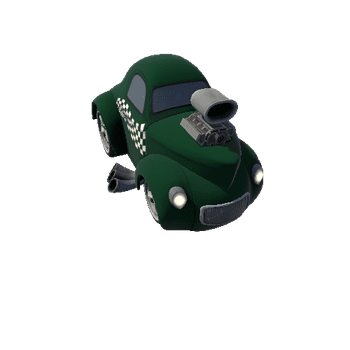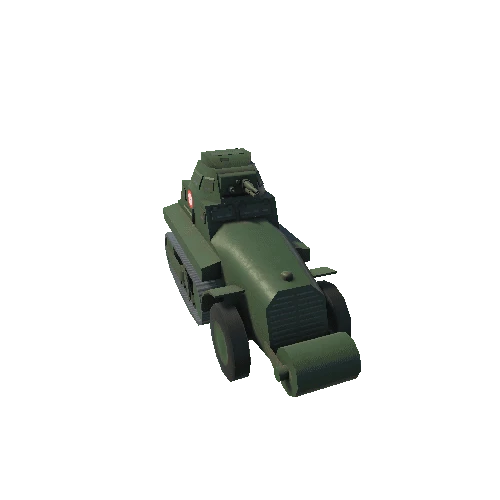Select or drop a image or 3D model here to search.
We support JPG, JPEG, PNG, GIF, WEBP, GLB, OBJ, STL, FBX. More formats will be added in the future.
Asset Overview
This skull of the polar bear was obtained in the Chukotka Peninsula according to the quota allocated for aboriginal population to hunt polar bears.
The polar bear is the largest land carnivore.
The polar bear is distinguished from other bears by its long neck and flat head. It has black skin. The fur colour varies from white to yellow shades. This animal’s fur is hollow and has no pigment.
Semitransparent fur of the polar bear absorbs only ultraviolet light and has insulating properties. The polar bear looks dark during ultraviolet photography. Sometimes hollow fur makes the polar bear look almost green. It usually happens in a warm climate (for example, in zoos) when microscopic algae occupy the hollow space of fur.
There is thick fur on the sole of each foot which prevents polar bears from cold and slipping on ice. Their toes are joined by swimming membranes.
Polar bears are included in the Red List of the International Union for Conservation of Nature (IUCN).









